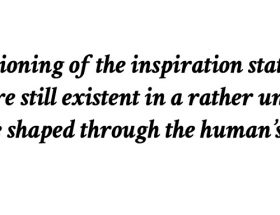The Nobel Prize has come to be considered a seminal
Among the 2018 prizes, the recipients of the prize in economics provide particular insight into some of the most significant concerns of global society and what the current authorities believe to be the leading approaches to these problems.
This year, the prize in Economic Sciences was equally divided between William D. Nordhaus and Paul M. Romer for their accomplishments “for integrating climate change into long-run macroeconomic analysis” and “for integrating technological innovations into long-run macroeconomic analysis,” respectively. Their work garnered attention for developing methods to to create long-term sustainable economic growth, by focusing on how the market interacts with both the environment and knowledge. The foundation of their work is rooted in the core focus of economics- scarce resources.
The contributions of the two laureates are methodological- they do not directly provide conclusive answers to the problem at hand but instead develop the necessary research tools to analyze the causes and consequences of climate change. For example, Romer’s model can be applied to climate policy, such as examining the economic and environmental consequences of carbon taxes. His model proposes that an increased carbon tax is an efficient means of decreasing carbon emissions, as opposed to governmental regulations. The tax incentivizes corporations and individuals to use alternatives and invest in technology which is not carbon-based.
Nordhaus and Romer’s contributions give insight into the evolving nature of not merely economic innovations, but also the broader societal needs.
It reveals the need to critically produce both concrete solutions and malleable methodologies to be applied global challenges such as the interplay of economics and the environment.
Whilst historically these prizes do highlight exceptional contributions to society they are not free from criticisms. Critiques have identified the committee’s Eurocentric tendencies, particularly among literary prizes. Moreover, since the inception of the prize, only 51 have been awarded to women, whilst 853 have been presented to men. These discrepancies are unsurprising, as they parallel the greater reality of Eurocentrism and a lack of gender diversity in recognized academia. They reveal the problems impacting our social
art by: Julie Torres




